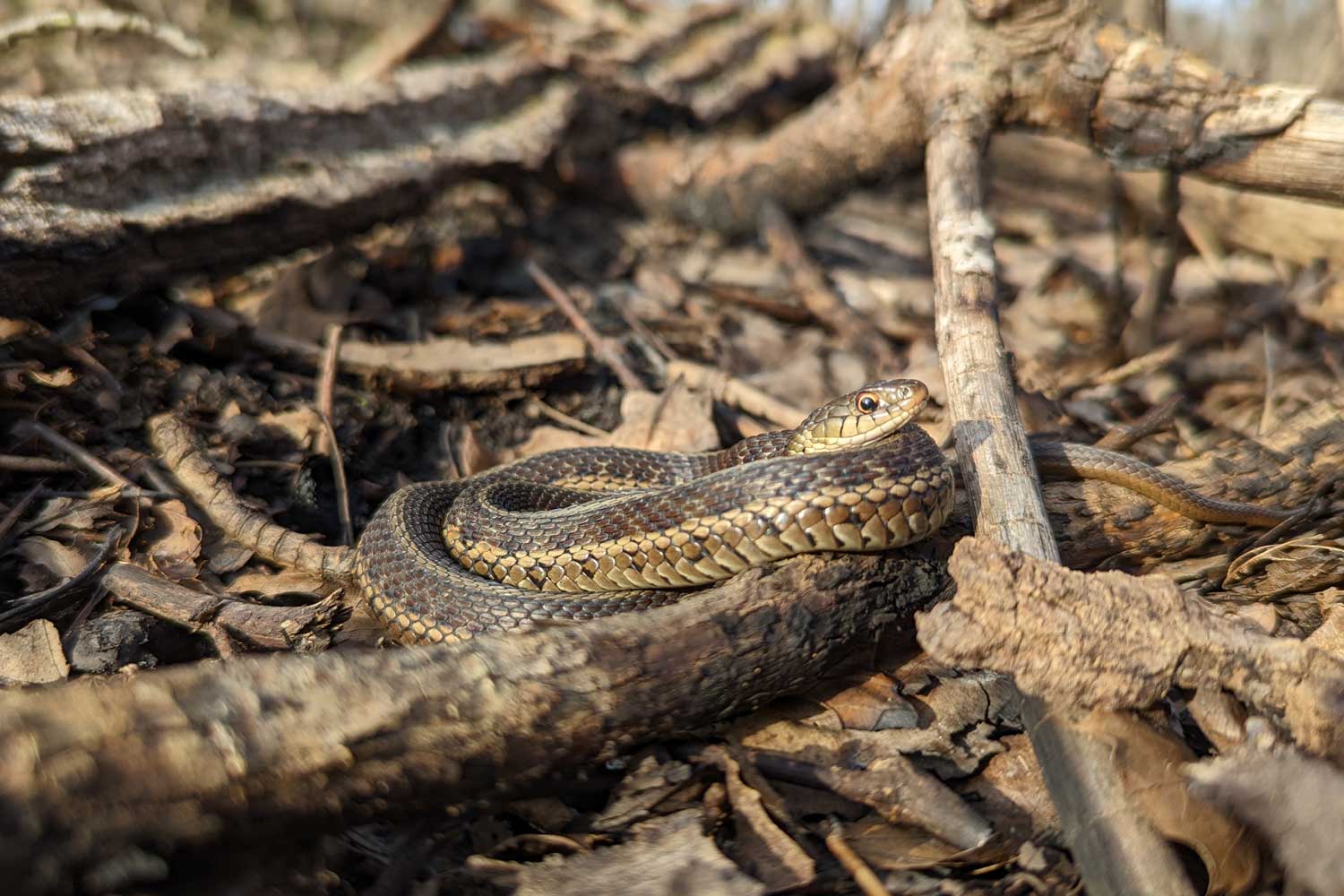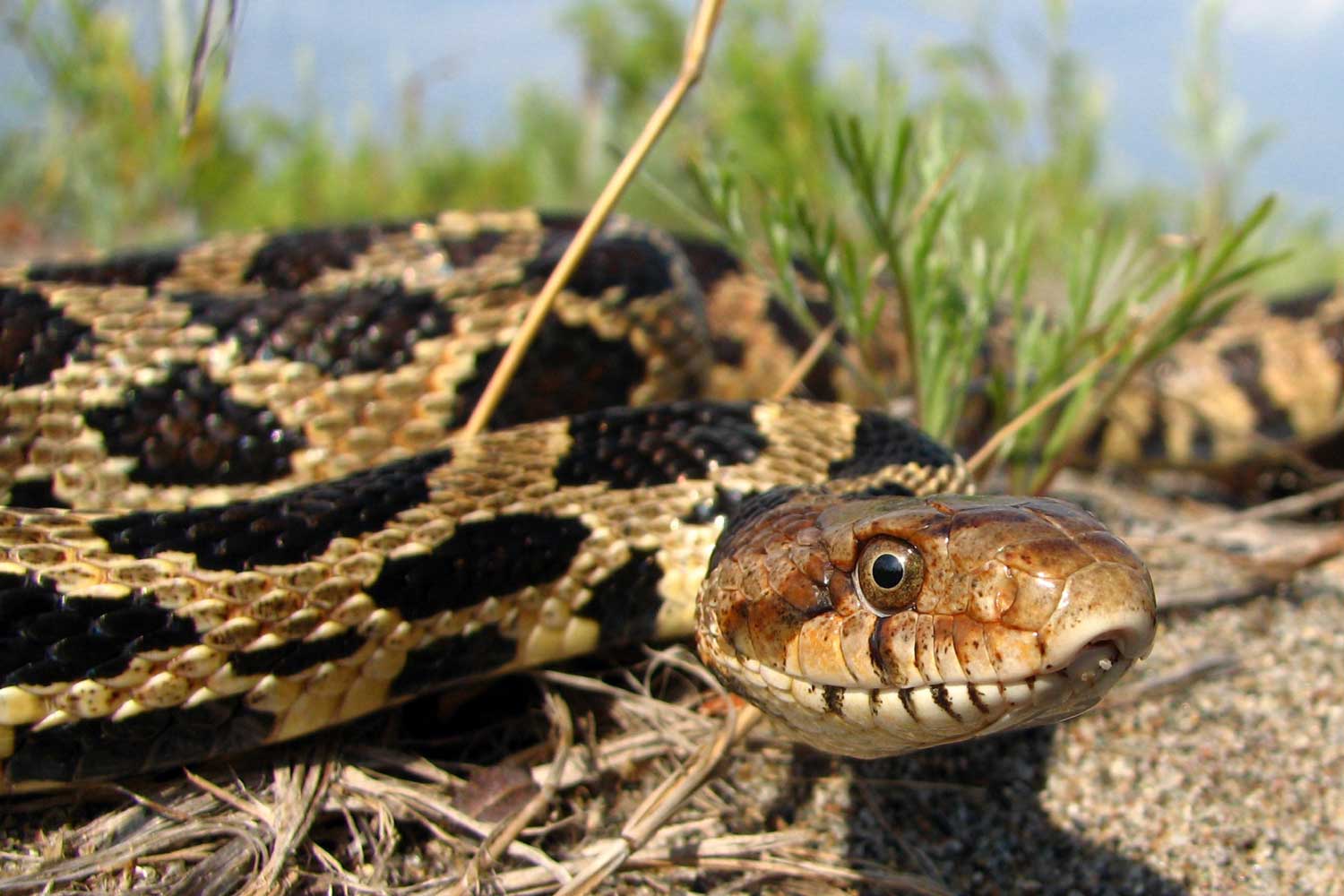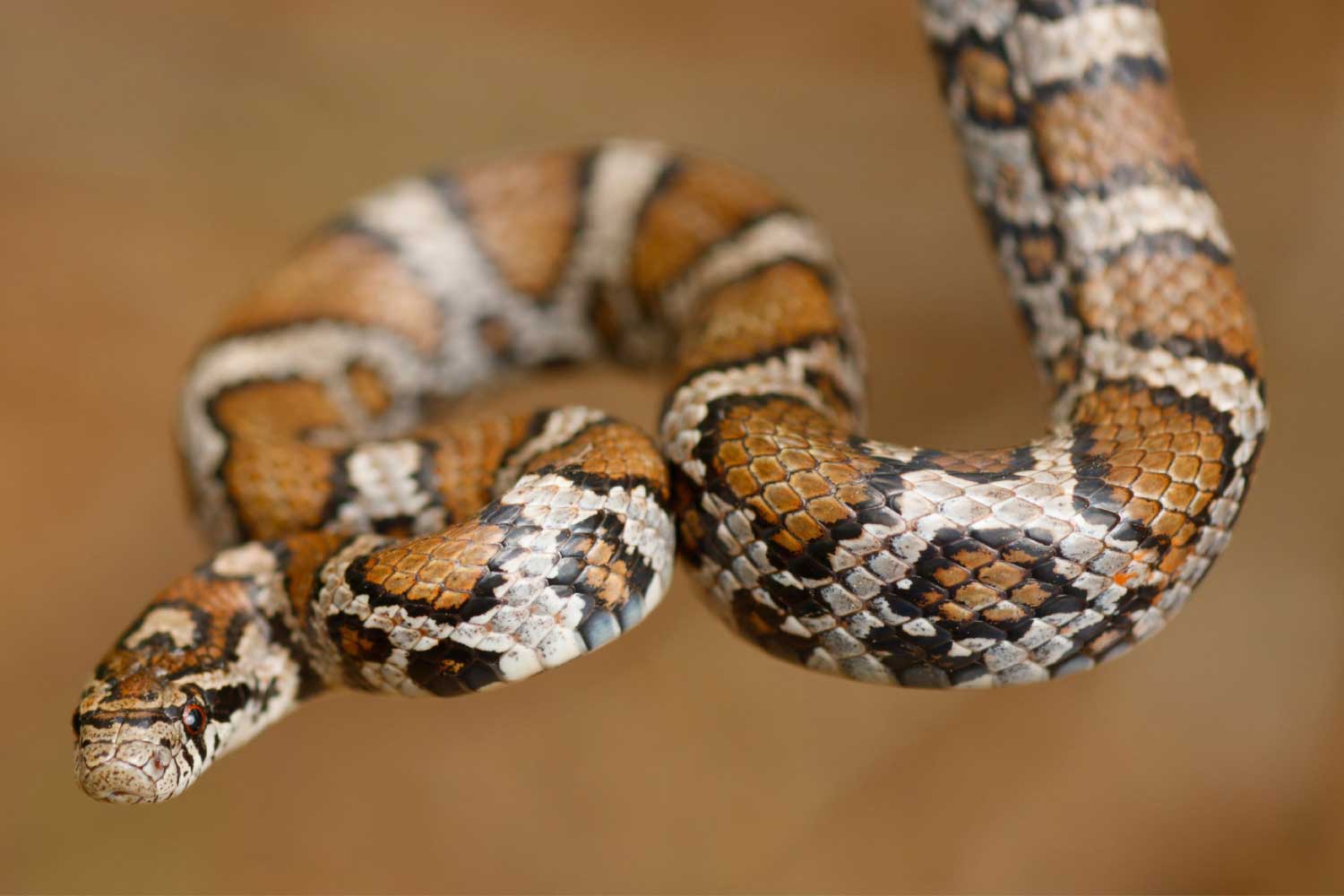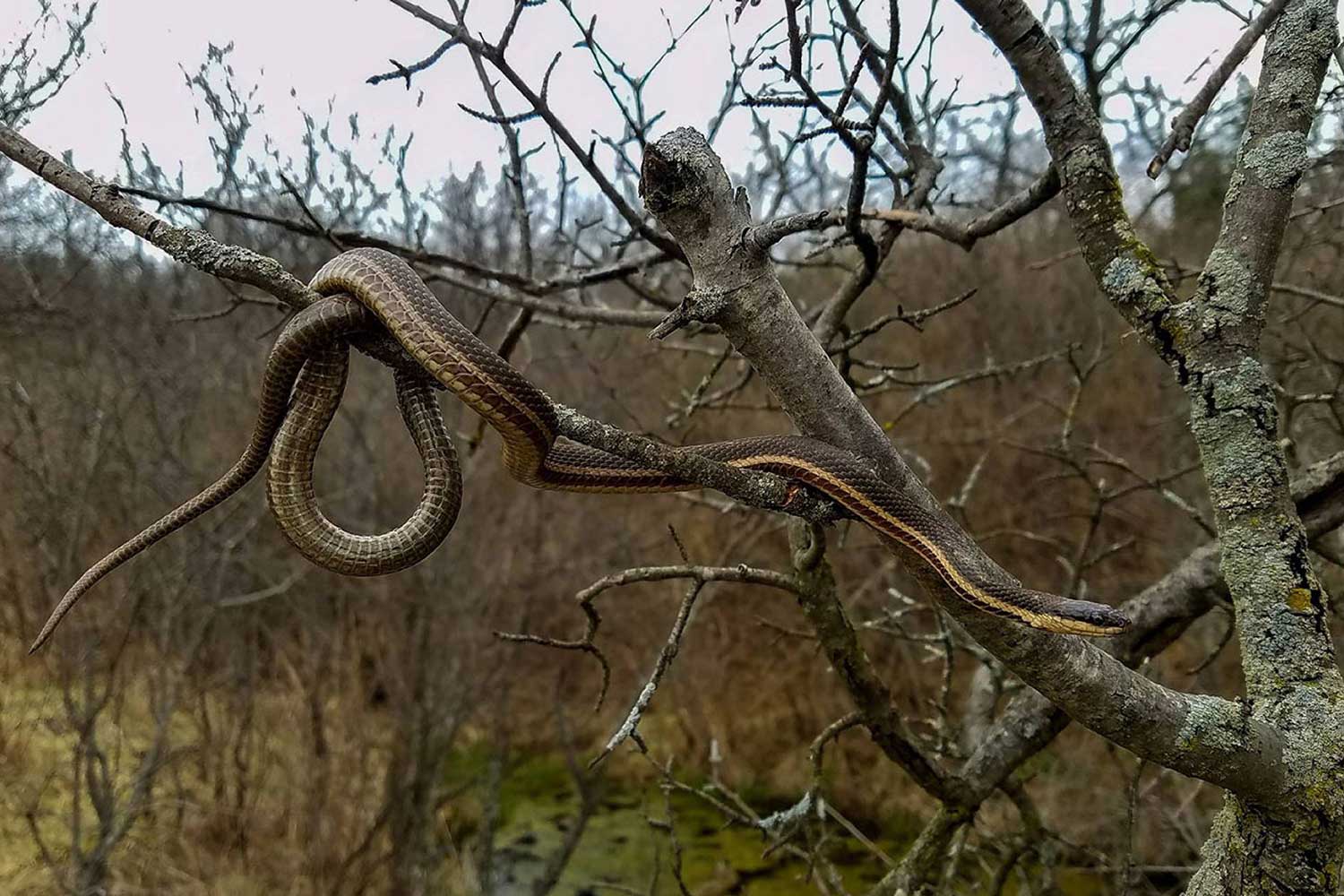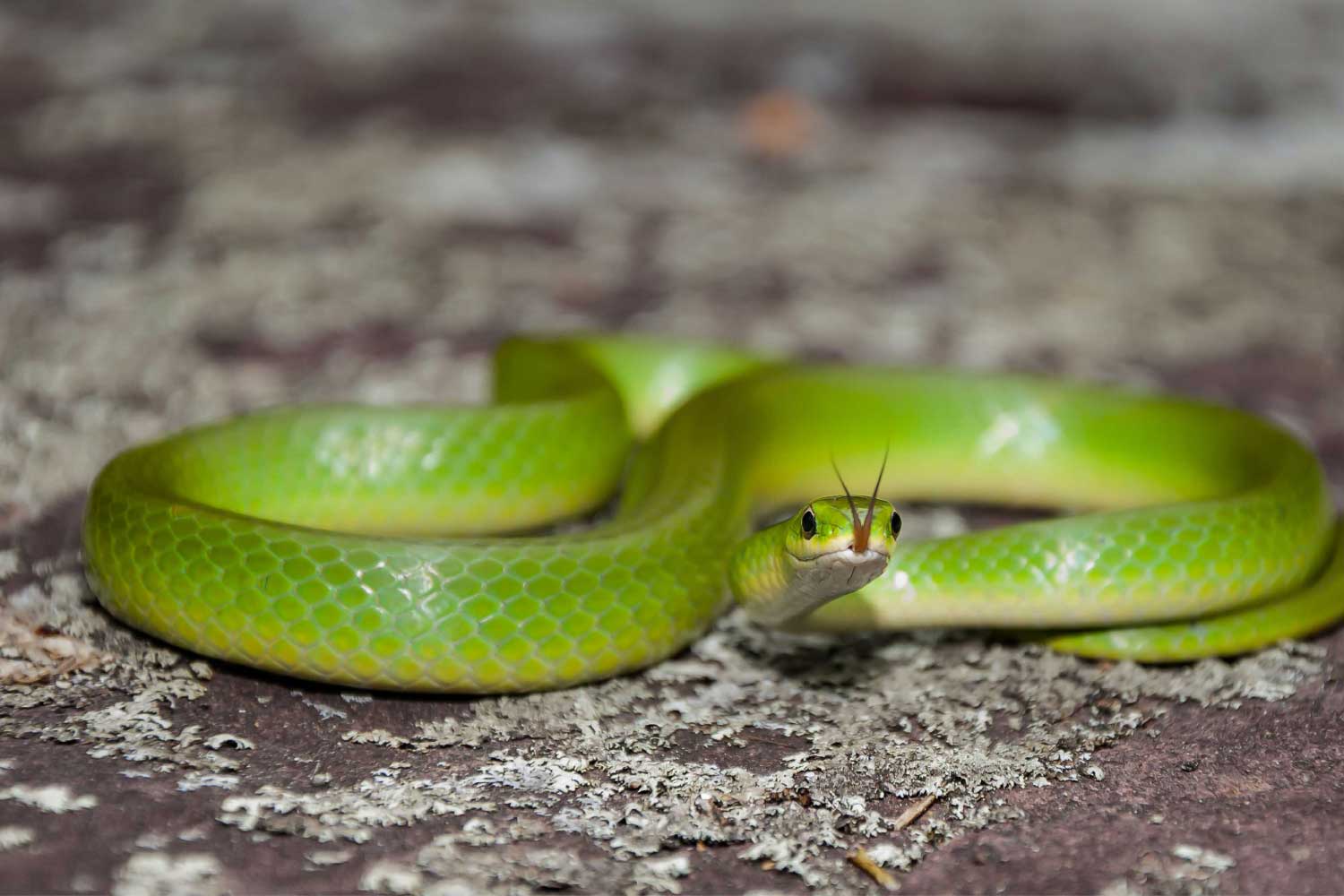Myth buster: Snakes are not slimy
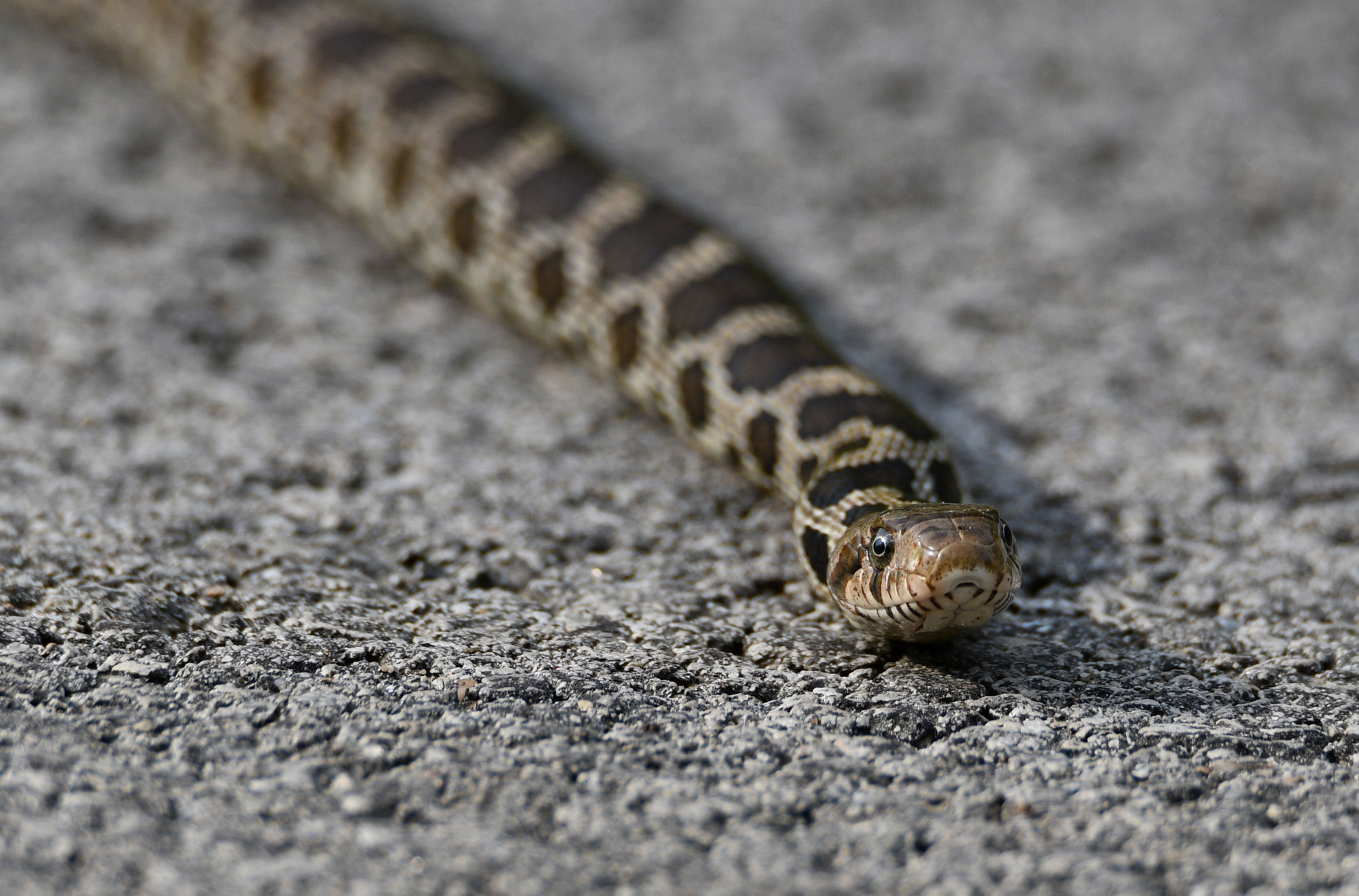
If the idea that snakes are slimy is part of your rationale for disliking these slithering creatures, fear not. It turns out, snakes aren't slimy at all.
Snakes are cool and dry to the touch — the opposite of slimy. The idea that they are slimy likely stems from the fact that many amphibians can be wet and slimy, but reptiles, which includes snakes, are not, according to the San Diego Natural History Museum. Amphibians are slimy because they have glands that secrete a slimy liquid to help them keep their skin moist. Snakes, on the other hand, are covered in scales and don't need to be kept moist.
Many snakes are smooth to the touch, but other snakes have keeled scales that give them a rougher texture, according to the Florida Museum. Snakes with smooth scales often appear shiny, glossy or iridescent, which may give the appearance of being wet or even slimy. Keeled snakes, on the other hand, look dull and drab in color.
The business about snakes being slimy is just the tip of the iceberg when it comes to myths about snakes. There's plenty of false information circulating about these reptiles. Have you heard that rattlesnakes always rattle a warning before they strike? That's false. They might rattle their tails before striking, but they don't always, Mental Floss reports. Did someone once tell you water snakes like cottonmouths don't bite underwater? False. They can bite while underwater, and do it often while hunting for prey.
Another false myth about snakes is that they can't hear. For a long time, people thought snakes were deaf because they don't have eardrums, but it turns out snakes can hear. They don't have a highly tuned sense of hearing like we do, but they can, in fact, hear. They also get information about their environment from vibrations in the ground.
If you encounter a snake in the wild, just let it be, according to the University of Florida Department of Wildlife Ecology and Conservation. Most snakes will try to escape to the nearest area of cover when they encounter a human, so don't stand between them and the direction they appear to be traveling.
If you think it is necessary to move a snake from your yard, you can try spraying a hose in its direction, without spraying the snake itself. It will probably move to another location. If it's indoors, you can try to catch it with a broom and a large lidded container such as a storage bin or waste basket. Simply tip the container on its side and gently sweep the snake into the container. Once it's inside, place the lid on the container and relocate the snake to your yard. (Note: It is a violation of the Forest Preserve District's General Use Ordinance to release any animals, including snakes, into the preserves.)
Never handle a snake unless you can be certain it is not venomous, the University of Florida advises. Will County is not home to any venomous snakes, but it's always best to know what type of snake you are dealing with before handling it.
And remember, like all other creatures in nature, snakes play an important role in the ecosystem, maintaining the balance in the food web and keeping rodent populations in check.
